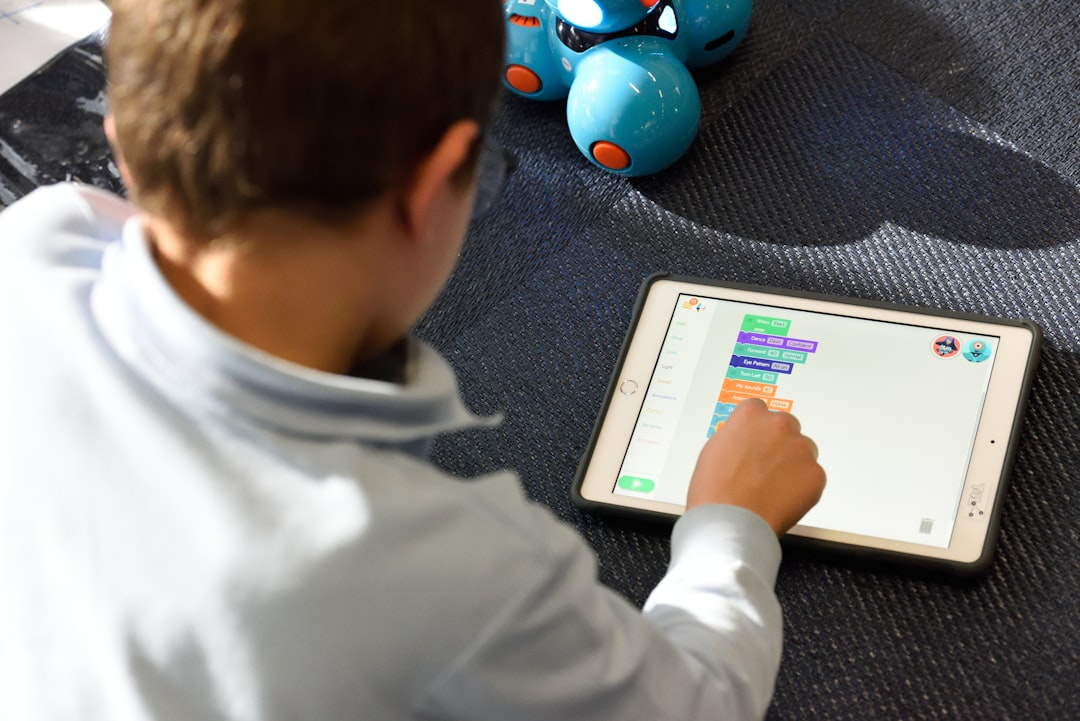In the digital age, the intersection of technology and education has created unprecedented opportunities for children’s learning. As we navigate this evolving landscape, it becomes crucial to understand how technological tools can be integrated into educational frameworks to enhance learning experiences and outcomes for the younger generation. This article explores the transformative potential of technology in children’s education, highlighting innovative approaches and considering both the benefits and challenges brought forth by these advancements.
Embracing Interactive Learning Environments
The introduction of interactive technologies has reshaped the traditional classroom setting, fostering a more engaging and dynamic learning environment for children. Tools such as interactive whiteboards, educational apps, and virtual reality (VR) experiences make learning more captivating and accessible. These technologies cater to various learning styles and preferences, enabling personalized education pathways that were once difficult to achieve. For instance, VR can transport students to ancient civilizations or distant planets, providing immersive experiences that deepen understanding and retention of complex subjects.
Enhancing Skills with Educational Software and Apps
Educational software and applications play a pivotal role in modern education by offering tailored educational experiences that promote skill development. From language learning apps like Duolingo to math games like Prodigy, these tools are designed to make learning fun and interactive while providing immediate feedback. This instant feedback helps children understand their progress and areas needing improvement, facilitating a more adaptive learning process. Furthermore, many apps incorporate gamification elements, which can significantly increase motivation and engagement among young learners.
The Role of Artificial Intelligence in Personalized Education
Artificial Intelligence (AI) in education is revolutionizing the way educational content is delivered and consumed. AI algorithms can analyze a child’s learning habits and performance, enabling the creation of customized lesson plans that adapt to the pace and style of each student. This level of personalization was once the domain of one-on-one tutoring, but AI now brings this advantage to scale, potentially benefiting millions of students worldwide. Moreover, AI-driven tools such as voice recognition and natural language processing can assist in developing reading and writing skills at a personalized pace.
Preparing for the Digital Future
As digital literacy becomes increasingly essential, integrating technology in education from an early age prepares children for the future. Skills such as coding, digital art, and data analysis are becoming fundamental in many career paths. Early exposure to these skills through coding bootcamps for kids and interactive online courses not only ignites interest in STEM fields but also enhances problem-solving and logical thinking abilities. Furthermore, understanding how to navigate the internet safely and responsibly is crucial in protecting young minds from the risks associated with digital spaces.
Addressing Challenges and Ensuring Inclusive Technology Use
Despite the benefits, the integration of technology in education comes with its set of challenges. The digital divide—the gap between those who have access to technologies and those who do not—can exacerbate existing inequalities in education. Ensuring equitable access to educational technology is essential for creating inclusive learning opportunities. Additionally, there is a need for careful curation of content and tools to avoid overreliance on technology, ensuring it complements rather than replaces traditional teaching methods.
The fusion of technology and education holds great promise for enhancing children’s learning experiences and outcomes. By thoughtfully integrating these tools, we can provide a solid foundation for the next generation to thrive in an increasingly digital world. As educators, parents, and policymakers, our role is to navigate this landscape wisely, ensuring that technology acts as a bridge rather than a barrier in children’s education.






